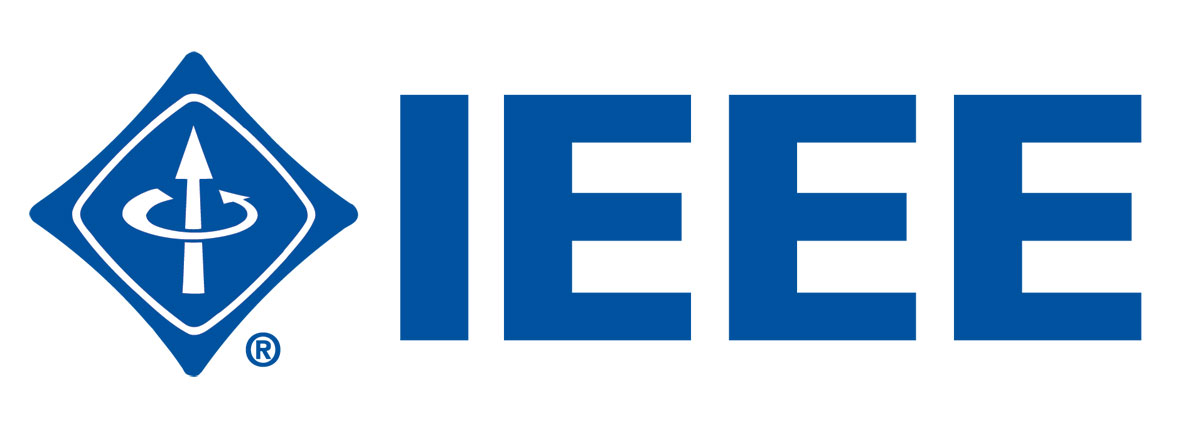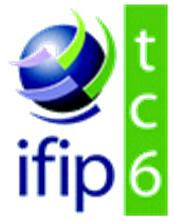Track 2: Broadband Wireless
Scope:
In the past few years, broadband wireless networks have been very attractive for providing broadband access because of quick and cost- effective deployments. In addition to the features of high data rate and large coverage, broadband wireless networks also promise to rapidly provide broadband access to locations in the world's rural and developing areas where broadband is currently unavailable, as well as competing for urban market shares. Till now, most existing efforts have been focused the basic "access" capability. However, to successfully deploy and operate broadband wireless networks, a crucial issue must be addressed: "How to support a variety of services and applications within the broadband wireless networks?" For instance, there is an increasing need to efficiently support applications such as voice over IP (VoIP), video streaming, music downloading, IP TV and many others, we have to answer to questions about efficiency, quality of service and incentive of the service provider.
Broadband is becoming one of the major driving factors for research and development in the wireless networking area as wireless technology is now competing with wireline both in the access and in the backbone. The trend in the access is towards OFDM-based systems, such as IEEE802.16 WiMAX or 4G LTE (Long Term Evolution). The backbone is mainly witnessing the arrival of mesh networking, be it on a local IEEE802.11s scale or on a metropolitan IEEE802.16f one. Other techniques for increasing bandwidth even further include MIMO and cooperation, on even longer ranges using relays.
The aim of this track is to bring together communities of interests in the area of broadband wireless networking, from the services point of view, the service-oriented design on the network layer the network architectures and protocols, as well as lower layer techniques, which have been proposed recently and have gained increasing interests from both the research and industrial communities. The topics of interest include (but are not restricted to):
- Broadband wireless technology HSDPA, HSUPA, LTE, WiMAX, WiRAN
- Broadband wireless network services and applications
- Service-oriented wireless mesh network architecture
- Radio resource management
- Scheduling and queuing
- Quality of service
- Capacity planning and dimensioning
- New network architecture and operation
- Cross-layer modeling and design
- Cross-layer approaches for service-oriented broadband wireless networks
- QoS provision through interconnected wired and wireless segments
- Routing for service-oriented wireless networks
- Heterogeneity and diversity
- Relay, cooperative and mesh networking
- Vertical, horizontal and diagonal handover
- Spectrum management
- Cognitive radio
- Mobility and multihoming
- Interference control
- Pricing
- Experiments, measurements and testbeds
Track Chairs
|
Sami Tabbane, Sup'Com, Tunisia Llorenç Cerdà-Alabern , Universitat Politècnica de Catalunya, Spain |
Technical Program Committee (to be completed):
|
André-Luc Beylot, Institut National Polytechnique de Toulouse, FR Asma Benletaifa, Sup'Com, TN Boris Bellalta, Universitat Pompeu Fabra, ES Bulent Tavli, TOBB University of Economics and Technology, TR Chris Blondia University of Antwerp, BE Claudio Casetti, Politecnico di Torino, IT Haris Gacanin, Tohoku University, JP Hui-Tang Lin, National Cheng Kung University, TW Hwee Pink Tan, Institute for Infocomm Research, SG Jose M. Barcelo-Ordinas, Universitat Politecnica de Catalunya (UPC), ES Luciano Lenzini, University of Pisa, IT Matteo Cesana, Politecnico di Milano, IT Mehmet Vuran, University of Nebraska-Lincoln, USA Mohamad Assaad, Supelec, FR Mounir Frikha, High School of Communication in Tunis, TN Nelson Antunes, University of Algarve, PT Nidal Nasser, University of Guelph, Ozgur Akan, Middle East Technical University, TR Rami Langar, UPMC - Paris Universitas, FR Rastin Pries, University of Wuerzburg, DE Salah Eddine Elayoubi, France Telecom R&D, FR Seema Verma, University Banasthali Vidyapith, IN Tijani Chahed, TELECOM & Management SudParis, FR Vehbi Cagri Gungor, Eaton Corporation, USA Vicent Pla, Universitad Politecnica de Valencia, ES Vincent Gauthier, Institut TELECOM; Telecom SudParis, FR Wessam Ajib, UQAM, CA |


